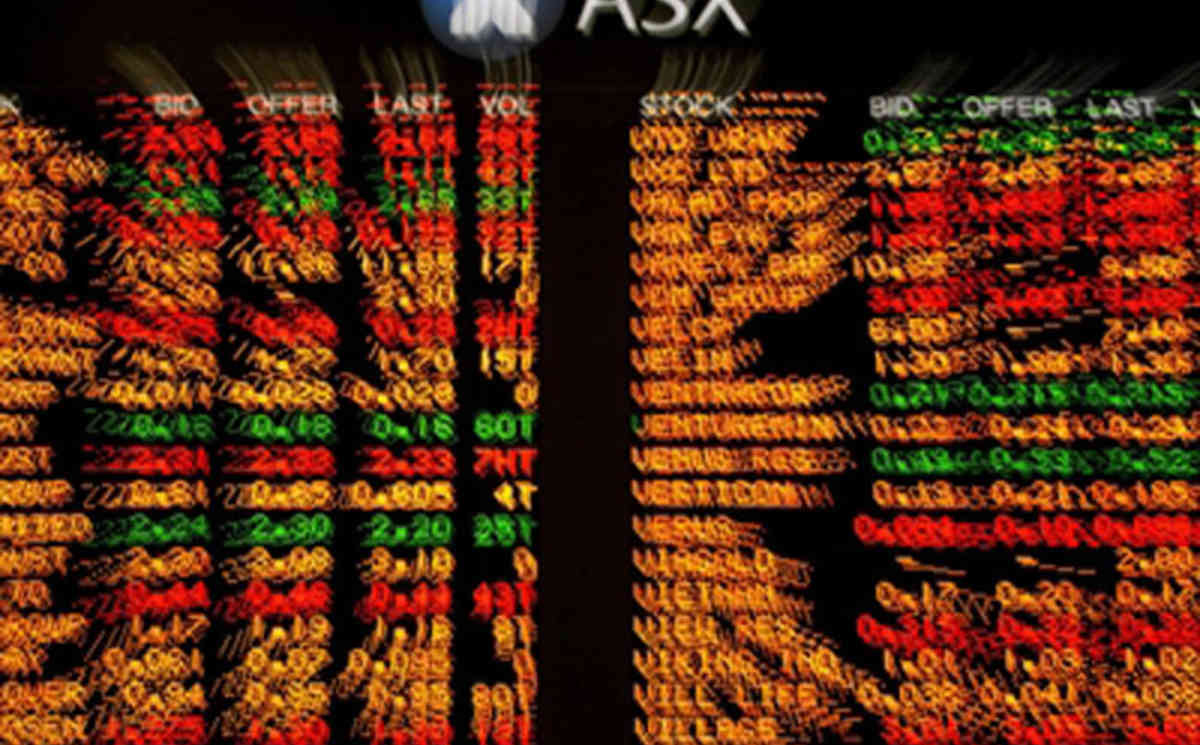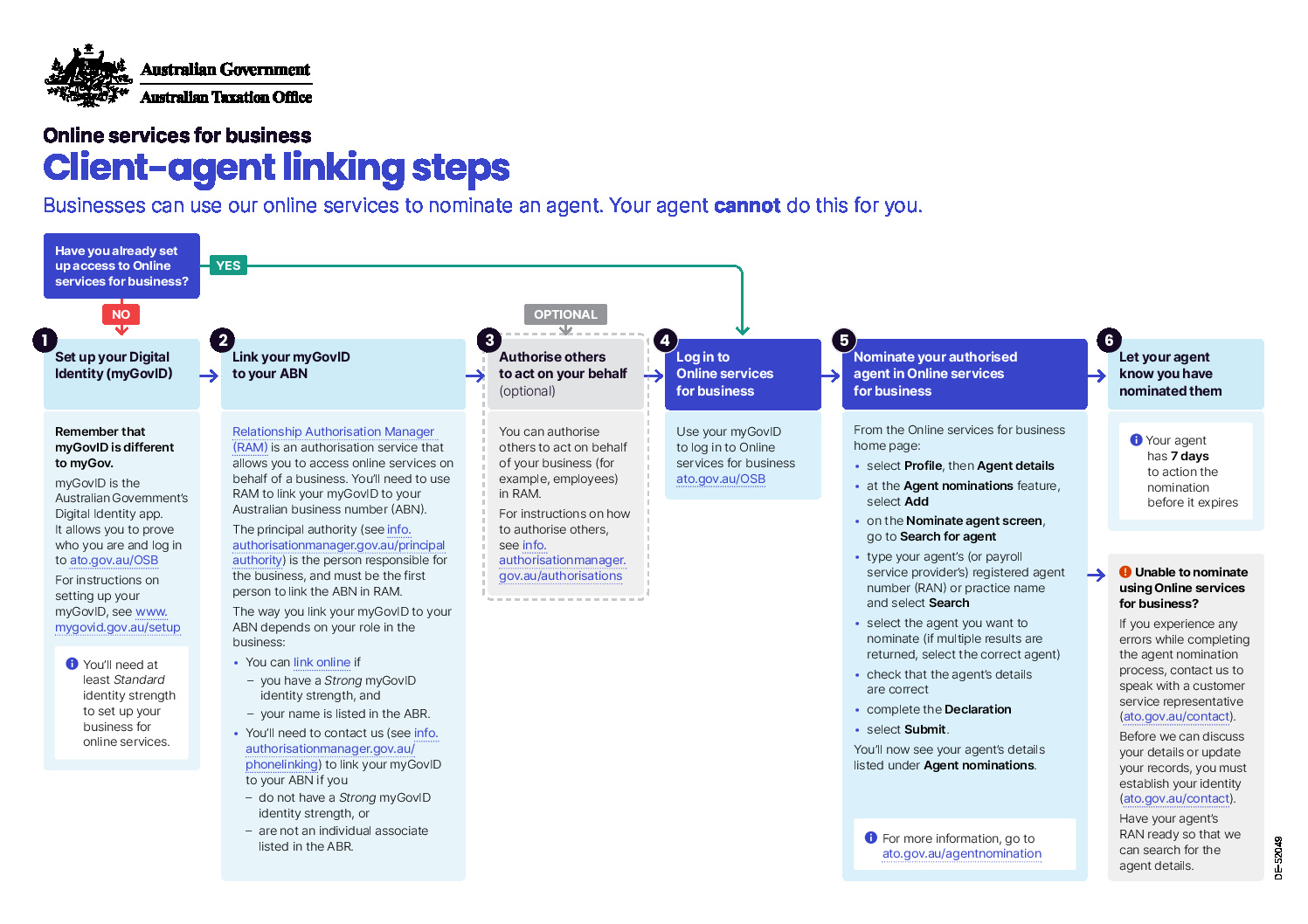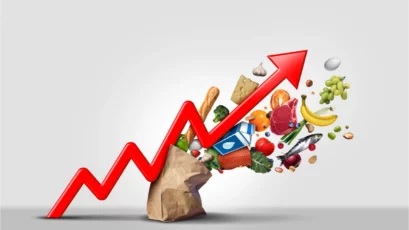We started our last January update with the theme, Still Waiting, referring to the long wait for economic lift-off and the much anticipated US Federal Reserve rate hike. We got the latter, but the former is still very much uncertain, and the first few weeks of 2016 have not provided any sparks of optimism.
Before we start to consider what lays ahead in 2016 it is worth looking back at what happened in 2015 to see what worked and what didn’t. One thing that investors with any more than five years of experience should know is that last year’s winner is not very often next year’s winner.
2015 Market Returns
All but two sectors returned less than 5% for the year. The two big gainers were International Shares and Listed Property. But investors shouldn’t drive down the highway looking in the rear view mirror, except to consider what implications those historic returns can tell us about the future.
| INDEX RETURNS AS AT 31 DECEMBER 2015 (%) P.A. | ||||
| 1 yr | 3 yr | 5 yr | 10 yr | |
| Australian Shares | 2.56 | 9.19 | 6.97 | 5.64 |
| International Shares | 11.64 | 24.02 | 15.78 | 5.63 |
| Domestic Listed Property | 14.38 | 15.87 | 15.25 | 1.96 |
| Global Listed Property | 4.28 | 11.67 | 11.82 | 5.93 |
| Australian Fixed Interest | 2.59 | 4.73 | 6.62 | 6.19 |
| International Fixed Interest | 3.35 | 5.27 | 7.17 | 7.33 |
| Cash | 2.33 | 2.63 | 3.37 | 4.52 |
| Market Indices | ||||
| S&P/ASX 300 Accumulation Index | ||||
| MSCI World Gross TR Index $A | ||||
| S&P/ASX 300 Property Trusts Accum Index | ||||
| FTSE EPRA/NAREIT DEVELOP NR INDEX (A$ HEDGED) | ||||
| Bloomberg Composite 0 + Years | ||||
| BarCap Global Aggregate Index Hedged AUD | ||||
| Bloomberg Aus Bank Bill Index | ||||
So what is our outlook for 2016?
More volatility
The 2016 calendar year has started with volatility, and it is likely this theme will continue throughout the year as markets try to anticipate what the growing pains of China will mean to global demand. The prospect of deflation, a scenario that has been largely dismissed by mainstream economists is suddenly picking up currency as the topic de jour. With commodity and energy prices falling as they have the deflation risk increases. This is a theme that we have been monitoring for the last year since the oil price slid below $70 USD.
Economists and financial commentators now seem more willing to run with the deflation story. However what the public investor getting his or her financial information from the popular media channels may have missed, is the fact that much of this risk has already been baked into market prices.
For some perspective on volatility and the opportunity that it provides, we have a couple of charts to consider.
Figure 1.1
In the chart at figure 1.1 we see the regularity with which we need to suffer market sell-offs, in order to enjoy the higher long term returns that come with being a business owner (ie; sharemarket investor)
Peak to trough downturns of 14% are part of a normal portfolio return. After the ASX200 peak on 27 April at 5982 points, we were down to 4909 by 15 December, a fall of 17.9% ignoring the buffer provided by dividends.
We have bounced off these levels around the 4925 to 5000 about four times in the last six months and the price action so far this year has seen that level hold. In reality we cannot expect to know with absolute certainty what will transpire this year, but some additional research we have done on market performance will help to bring some perspective into the investment decision making process.
We started this research back in August 2015 when markets had fallen by about 17%. As mentioned, they are at a similar level as we start 2016.
Over the last 30 years we have only had 6 occasions when the Australian sharemarket, as measured by the All Ordinaries index, has fallen by more than 20%.
Normally investors are not too concerned by a 5% or 10% fall, but once the markets are off 20% (officially called a bear market) people generally start paying attention.
Figure 1.2
| Peak Month | Level | 20% Down Month | Level | 3 Years Later | Incl Divs | Annual Gain | 5 years Later | Incl Divs | Annual Gain |
| Sep-87 | 2306 | Oct-87 | 1844 | 1327 | 1576 | -5.10% | 1425 | 1840 | -0.04% |
| Sep-89 | 1786 | Oct-90 | 1428 | 2112 | 2305 | 17.30% | 2073 | 2394 | 10.89% |
| Feb-94 | 2350 | Nov-94 | 1880 | 2465 | 2719 | 13.09% | 3044 | 3467 | 13.02% |
| Sep-97 | 2797 | Oct-97 | 2237 | 3203 | 3505 | 16.15% | 2995 | 3498 | 9.36% |
| Feb-02 | 3443 | Mar-03 | 2754 | 5087 | 5459 | 25.62% | 5409 | 6029 | 16.96% |
| Nov-07 | 6873 | Mar-08 | 5498 | 4928 | 5670 | 1.03% | 4979 | 6216 | 2.49% |
| Apr-11 | 5069 | Aug-11 | 4055 | 5624 | 6171 | 15.03% | ? |
The table at Figure 1.2 shows the month of a bull market peak and the market level in green. The second column shows the month when the market was down 20% and the level that represents that fall in orange. In the section of light blue you see the results 3 years later, with the annualised gain/(loss) in the last column. Same for the darker blue. The ‘incl divs’ column is not an actual market level, but replicates an assumed dividend yield of 4.5% to approximate the total return.
What is apparent from this table is that selling when a market is already down 20% is the wrong thing to do seventy percent of the time. The table shows that over the following three years, you got double digit returns five times out of seven. And even when selling was the right thing to do, (with 20/20 hindsight) not selling is still probably going to give you a breakeven result as long as your timeframe is 3 to 5 years.
Conclusion
In the January 2015 outlook we thought that we would get the answer as to whether the economy would gain adequate velocity to exit this seven year funk, or whether it would sink back into a deflationary spiral. So far the bond markets and the commodities markets are continuing to warn of a deflationary risk. However, much of the risk may already be factored into markets.
We have been recommending positions of higher than normal cash weighting and investing with fund managers that are able to act quickly in times of distress by holding more cash or being able to short sell. Meantime, this year, just like last year we caution not to overcommit to gearing. Be patient. Understand your risk plan and make sure that you maintain perspective and have an appropriate investment time frame for the assets you hold.













